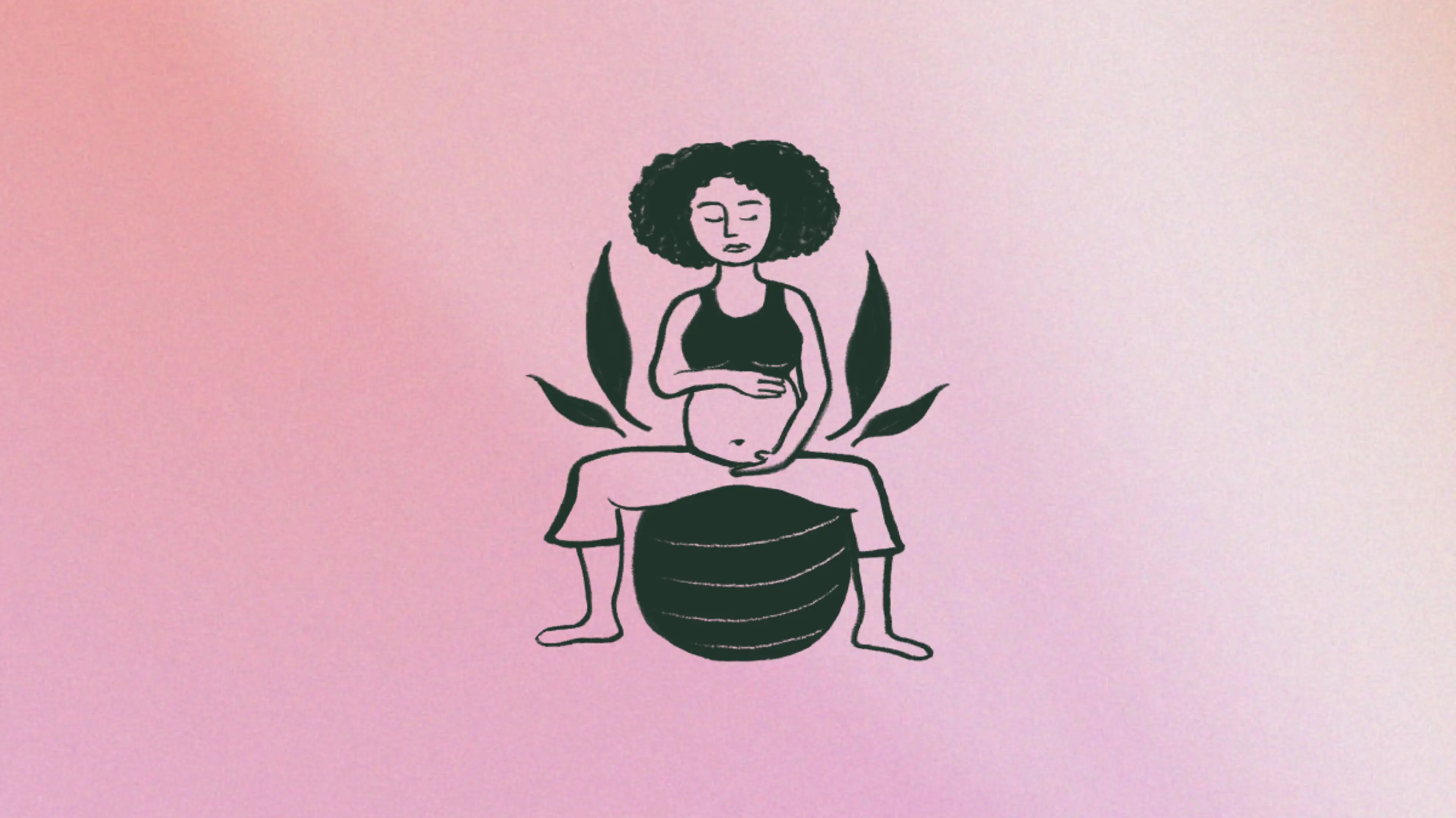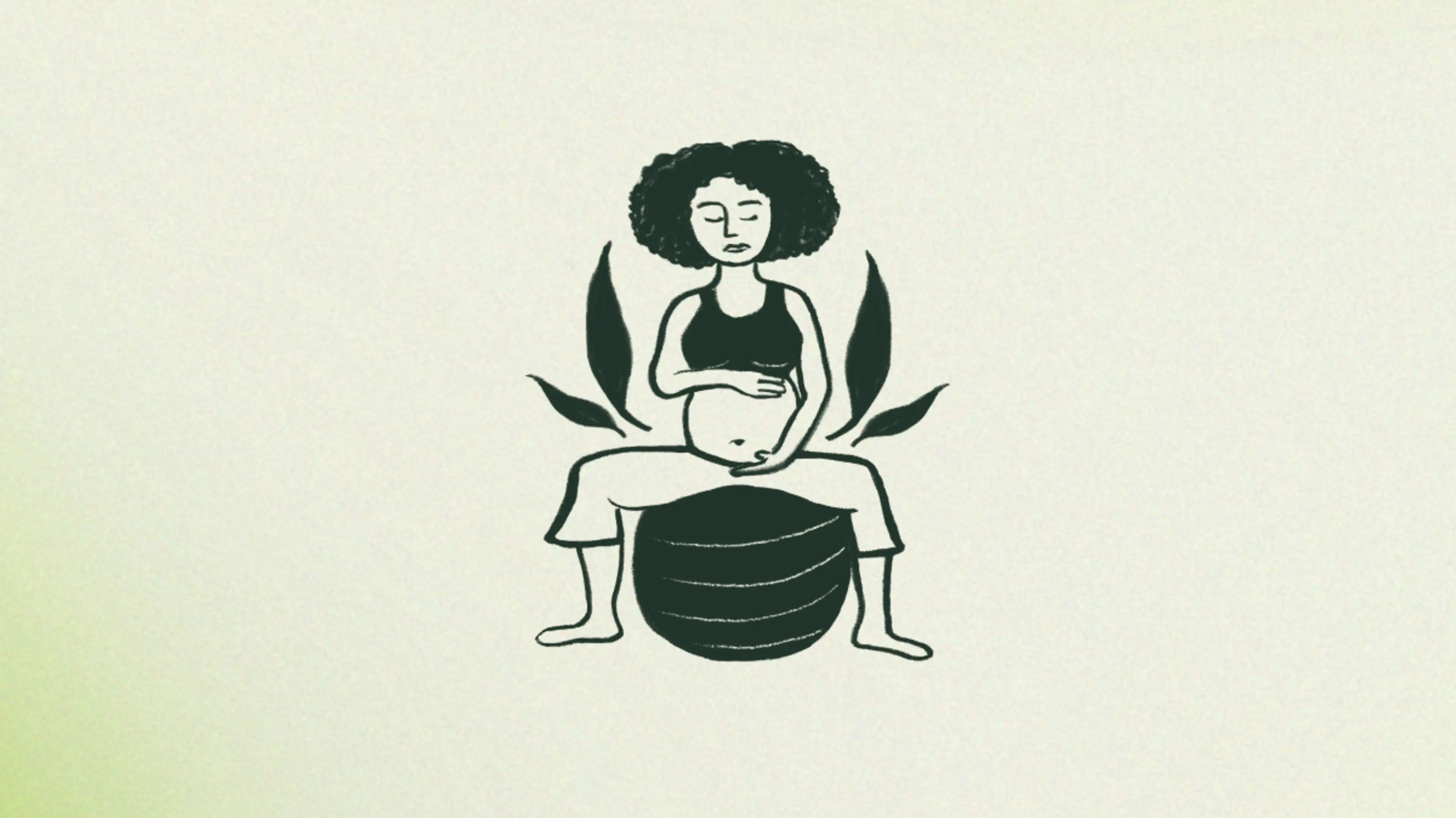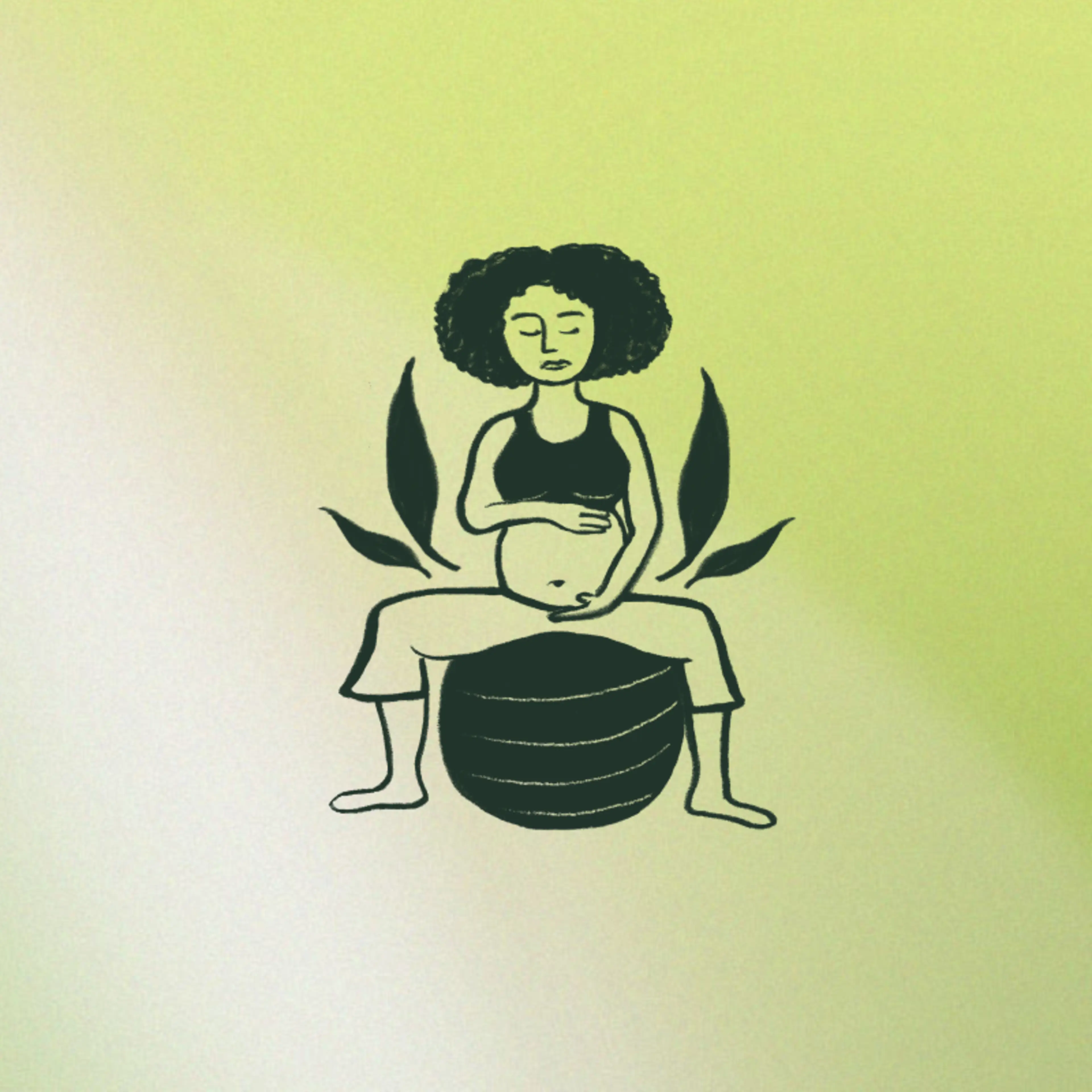No specific exercise, squats included, has been shown to induce labor.
Squatting is generally considered safe in pregnancy, and it’s been shown to improve posture and reduce the risk of falling1 . Incorporating squatting into daily activities like household chores or in a workout routine can also help to maintain core and leg strength2 , which can be important for the labor process.
If you start to experience lower back, knee, or hip pain or pelvic pressure and heaviness, you should modify your squatting technique or stop altogether. Toward the end of pregnancy, you may need to widen your stance to make room for your belly and hold onto something sturdy if you feel off-balance. You can also sit on a yoga block or step or place a towel roll under your heels if you need more support.
Some healthcare providers may limit the depth of a squat after 30–34 weeks of pregnancy if your baby’s positioning is breech or transverse, so it’s important to talk with your provider if your baby is presenting like this. Squatting can open up the pelvis3 and encourage the baby to drop, which should be avoided if the baby's head isn’t facing downward.





